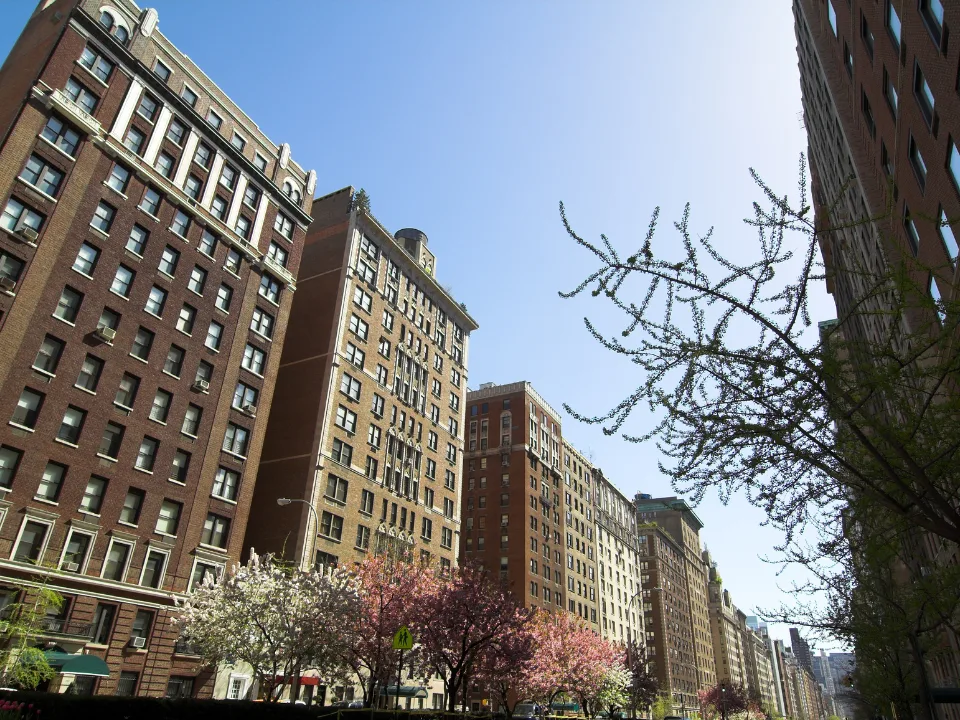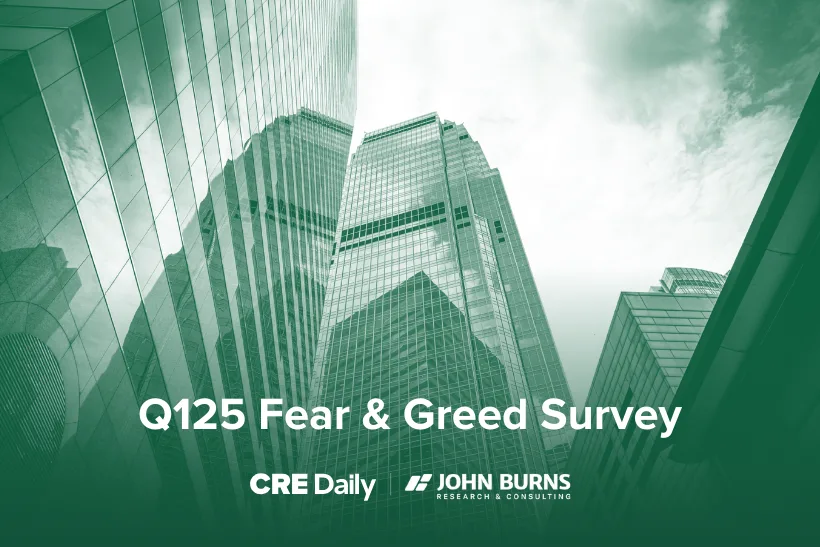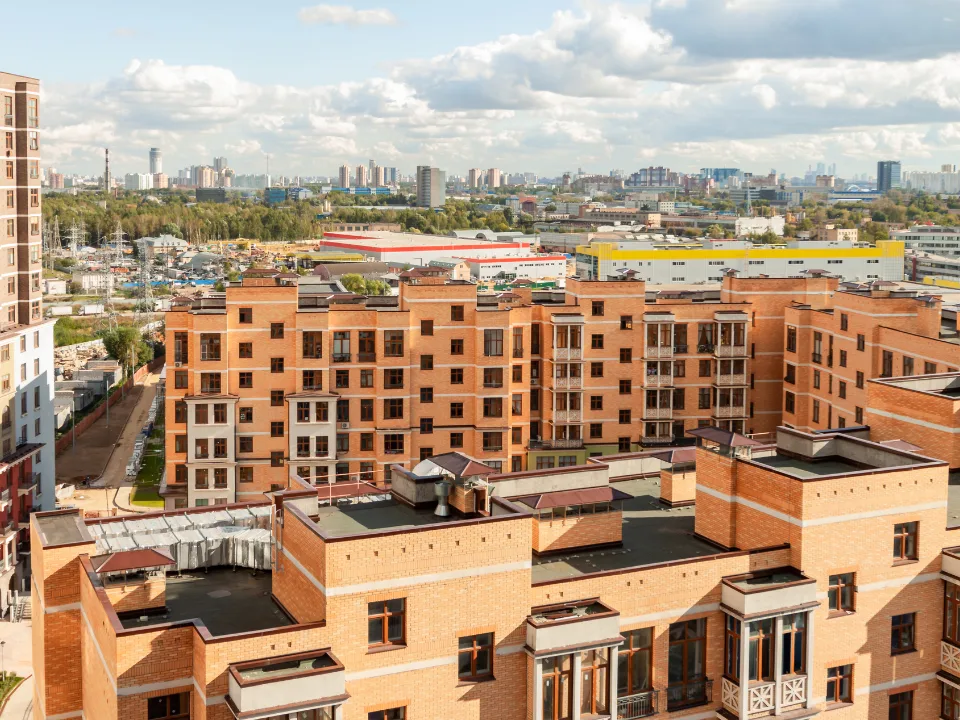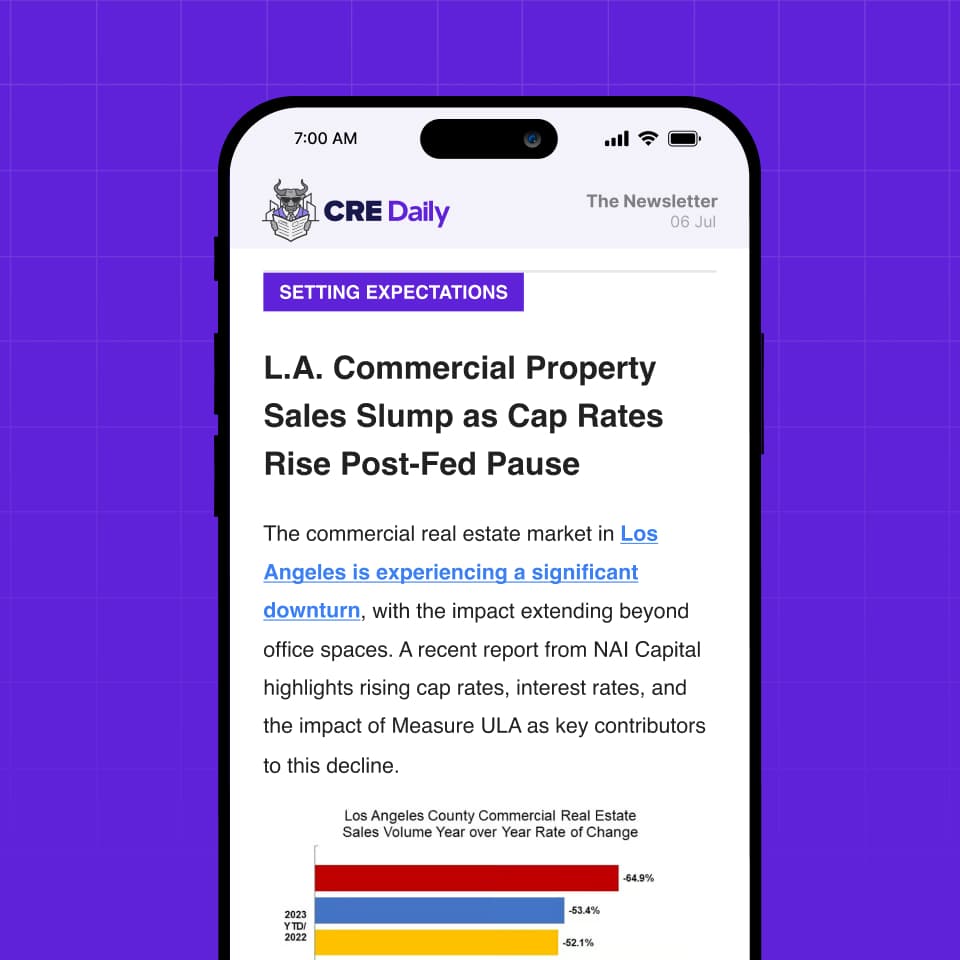- Co-op apartments in NYC’s historic buildings, once the ultimate symbol of luxury, have seen their prices fall as younger, tech-savvy buyers flock to newer condos.
- The market for prewar Upper East Side co-ops has slowed, with some apartments selling for discounts of up to 60% off asking prices.
- Co-ops have strict rules, including limits on subletting and renovation. Meanwhile, condos offer more freedom and amenities despite higher prices.
- While some co-ops have relaxed their restrictions, many remain stalwarts, driving a wedge between traditional co-op living and the newer, more flexible condo lifestyle.
The allure of owning a co-op in one of New York City’s historic luxury buildings—like the famous 740 Park Avenue or 834 Fifth Avenue—has significantly waned in recent years.
Once a hallmark of old-money sophistication, these once-coveted co-ops are being overshadowed by more flexible condos, particularly in downtown neighborhoods, according to WSJ.
Changing Buyer Preferences
In recent news, Edward J. Minskoff sold his Park Avenue co-op for $7.4M in January 2024, nearly 60% less than its original $17.7M asking price. His sale highlights a broader trend: co-op prices are stagnating or even falling behind those of condos in Manhattan’s most prestigious areas.
While co-ops were historically seen as the gold standard of New York living, favored by the city’s wealthiest families, younger buyers are gravitating more to downtown condos with fewer rules and more modern amenities.
These buyers, often from tech or hedge fund backgrounds, are less enamored with Upper East Side co-op exclusivity and “old-world” charm. They prefer to look at the numbers and whether they make sense in the long run.
Condos vs. Co-Ops
The price gap between co-ops and condos is widening. For properties over $10M, condos on Fifth and Park Avenues saw 45% price growth from 2014 to 2024, while co-op prices only went up 16% in the same period.
This growth gap is especially pronounced in Manhattan’s Upper East Side, once considered the ultimate address for high society.
As newer condo developments with state-of-the-art amenities continue to draw in younger buyers of means, many historic co-ops built in the 1920s are beginning to feel outdated. Co-ops typically have stricter rules on financing, subletting, and renovations, which modern buyers are less willing to tolerate.
Get Smarter about what matters in CRE
Stay ahead of trends in commercial real estate with CRE Daily – the free newsletter delivering everything you need to start your day in just 5-minutes
Downtown Condo Renaissance
High-end condos in downtown neighborhoods, including Tribeca and SoHo, have seen rising demand. With luxurious amenities and stunning views, properties like 70 Vestry Street and 443 Greenwich Street are now seen as the pinnacle of luxury living.
These newer buildings cater to affluent buyers with the flexibility to live in a dynamic, trendy environment while offering the convenience of state-of-the-art features and fewer living restrictions.
Additionally, many wealthy buyers are attracted to super-luxury condo projects like 432 Park Avenue and 220 Central Park South, located on Billionaire’s Row. These iconic developments, with their cutting-edge design and exclusive amenities, command premium prices and attract international buyers, separating themselves from the more traditional co-op market.
Changing Buyer Demographics
Younger affluent buyers, who increasingly split their time between cities or travel for work, want both affordability and flexibility in their housing options.
As remote work and international travel become more common, many buyers—like attorney Prerna Soni—opt for condos that allow them to rent out their properties or renovate as they see fit. Soni noted that co-ops felt “antiquated” and “old school” to her generation, which values freedom over tradition.
In contrast, co-ops have long been seen as private, almost “country club-like” communities, with boards controlling every aspect of life in the building. Buyers often must submit extensive applications and adhere to strict rules regarding renovations, subletting, and ownership through LLCs or trusts.
Renovation Woes
A significant drawback of older co-ops is the potential need for extensive renovations. Many units, especially in the grand prewar buildings of the Upper East Side, are still largely untouched and in need of modernization. Renovating these properties can be expensive and complicated, with co-op boards requiring approval for any work done.
As a result, some co-op sellers have begun slashing prices in hopes of attracting buyers who are willing to deal with the aging infrastructure and restrictive rules. For example, at 960 Fifth Avenue, a former residence of philanthropist Anne Hendricks Bass, the asking price dropped from $70M to $53.5M before it sold in January 2024.
Future of Co-Ops
While some co-ops are loosening their restrictions to remain competitive, others are holding firm to their exclusivity. For example, buildings on Fifth and Park Avenues are now permitting more flexible financing options, and some are even allowing ownership trusts.
However, many co-ops are still reluctant to relax their stringent standards, keeping them out of reach for many potential buyers.
As co-ops continue to fall behind in pricing and appeal, their future remains uncertain. For now, the market for luxury co-ops is on a downward trajectory, while condos continue to rise in popularity.
















